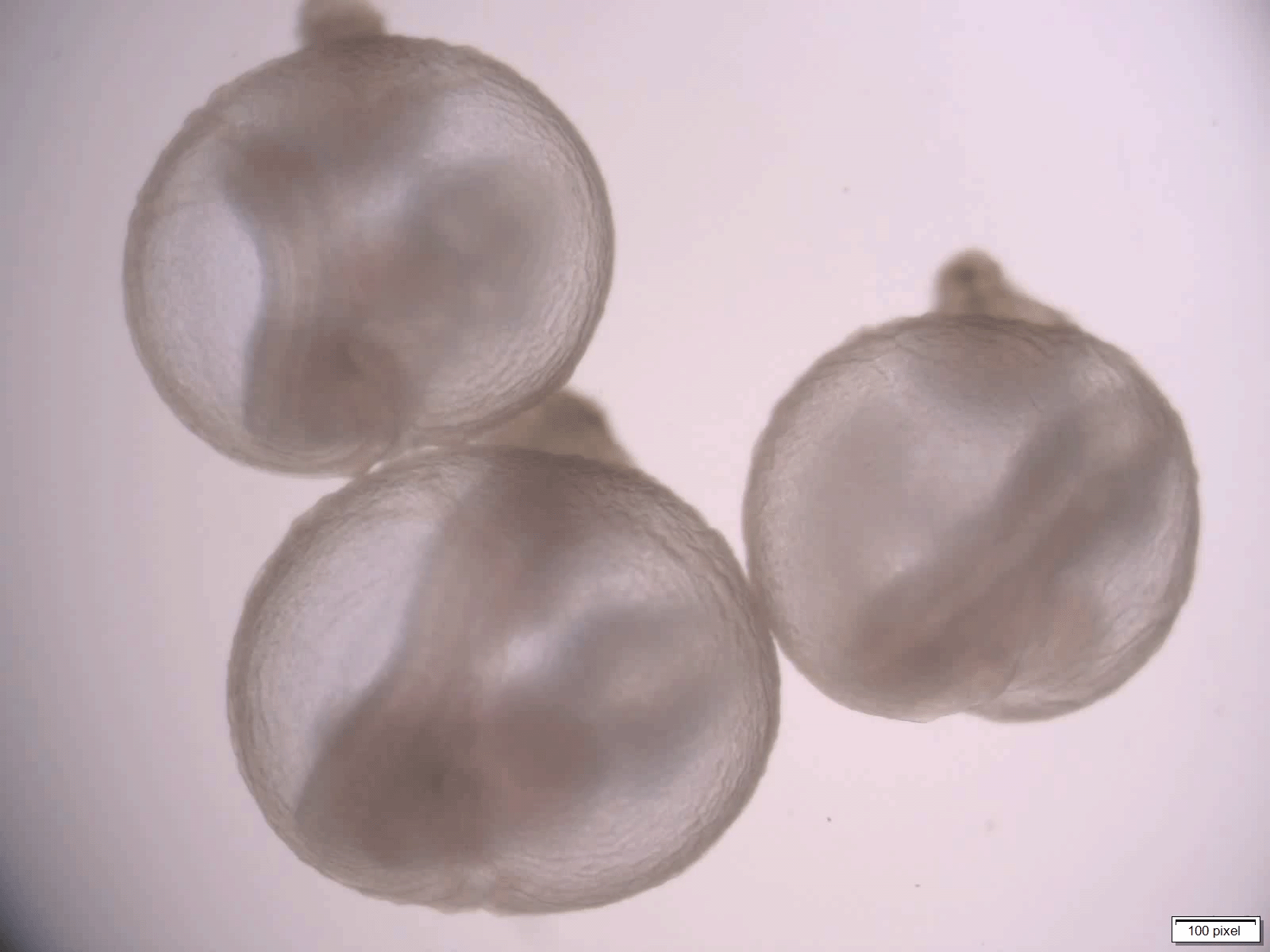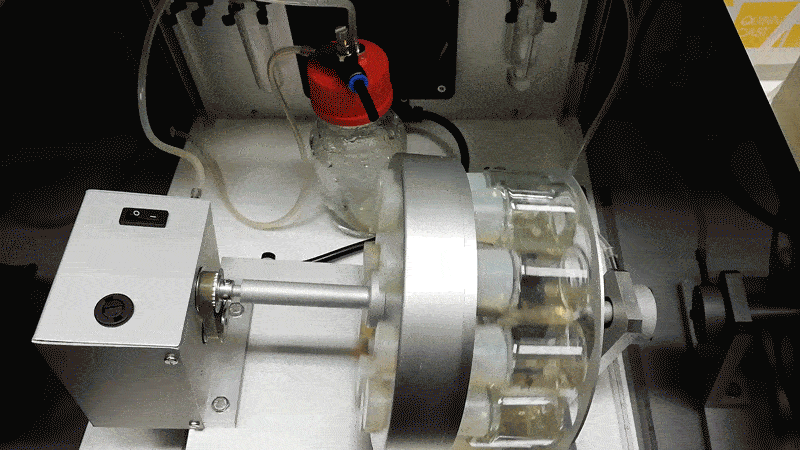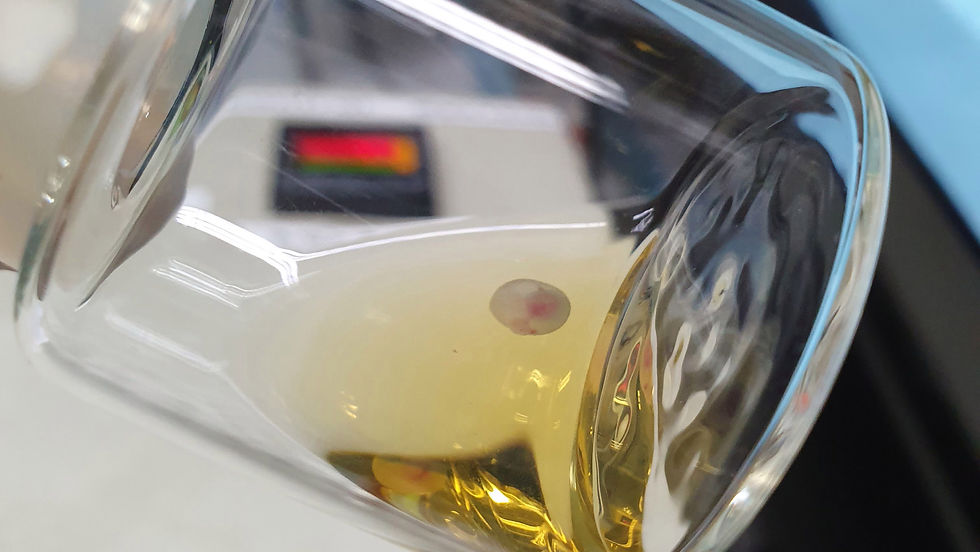-
Lyla Kok
-
Researchers are growing embryos outside the womb for longer than has ever been possible
Ex utero mouse embryogenesis from pre-gastrulation to late organogenesis The photograph alone tell a fantastic story—a mouse embryo, complete with beating heart cells, a head, and the beginning of limbs, alive and growing in a glass jar.
According to a scientific group in Israel, which took the picture, the researchers have grown mice in an artificial womb for as long as 11 or 12 days, about half the animal’s natural gestation period.
It’s record for development of a mammal outside the womb, and according to the research team, human embryos could be next—raising huge new ethical questions.
“This sets the stage for other species,” says Jacob Hanna, a developmental biologist at the Weizmann Institute of Science, who led the research team. “I hope that it will allow scientists to grow human embryos until week five.”

Hanna’s team grew the mouse embryos longer by adding blood serum from human umbilical cords, agitating them in glass jars, and pumping in a pressurized oxygen mixture. Hanna likens the process to putting a covid-19 patient on a ventilation machine.
“That forces the oxygen into the cells,” he says. “Then the patient is much happier. You can see it has a blood system and all the major organ systems are working.”

Read the full article on Technology Review here Abstract original article in Nature Published 17th March 2021 Establishment of the mammalian body plan occurs shortly after the embryo implants into the maternal uterus, and our understanding of post-implantation developmental processes remains limited. While methods for in vitro culture of pre- and peri-implantation mouse embryos are routinely utilized1,2, approaches for robust culture of post-implantation embryos from egg cylinder stages until advanced organogenesis remain to be established. Here we develop highly conducive ex utero post-implantation mouse embryo culture platforms, that enable appropriate development of embryos before gastrulation (E5.5) until the hind limb formation stage (E11). Late gastrulating embryos (E7.5) are grown in 3D rotating bottles settings, while extended culture from pre-gastrulation stages (E5.5 or E6.5) requires a combination of novel static and rotating bottle culture platforms. Histological, molecular, and single-cell RNA-seq analyses validate that the ex utero cultured embryos recapitulate in utero development precisely. This culture system is amenable to introducing a variety of embryonic perturbations and micro-manipulations that can be followed ex utero for up to six days. Establishment of a system to robustly grow normal mouse embryos ex utero from pre-gastrulation to advanced organogenesis represents a valuable tool to investigate embryogenesis, eliminating the uterine barrier to mechanistically interrogate post-implantation morphogenesis and tissue specification in mammals. Read the full Nature article here

https://www.nature.com/articles/s41586-021-03416-3
.png)